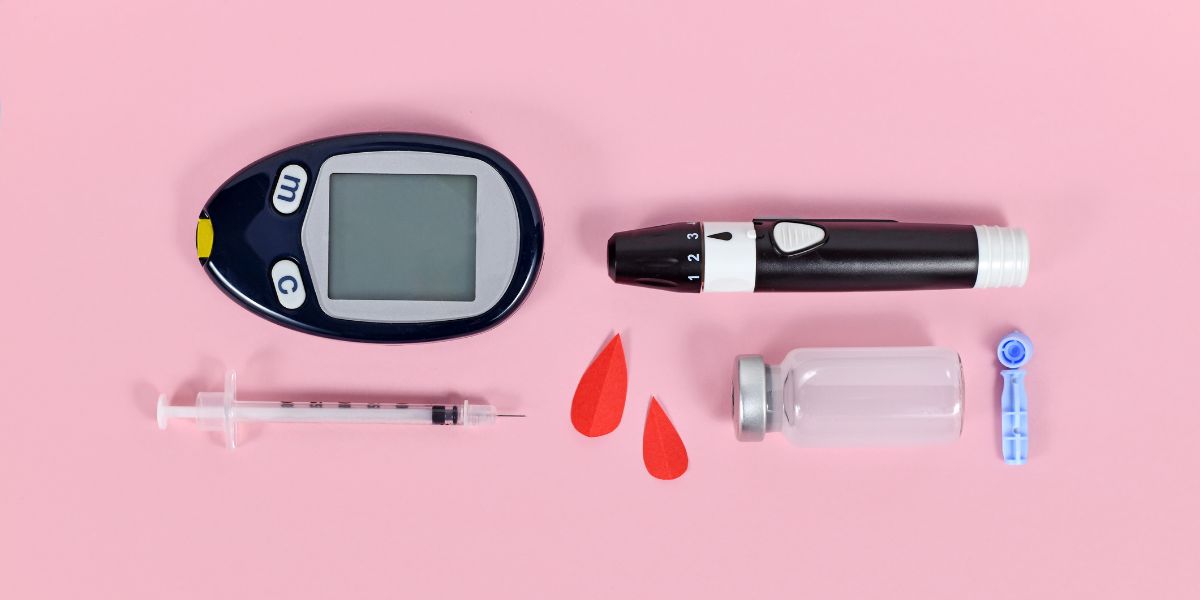Whilst many people are unsure of how they will sleep with an insulin pump, most people find that they soon get used to sleeping with their pump in close proximity.
Our guide on sleep and insulin pumps will look to answer some of the following common questions people have about how to sleep with an insulin pump attached.
- What if I roll onto the pump?
- Will I press any buttons as I sleep?
- Will I pull out the infusion set?
- Will I block the infusion set or tubing from delivery insulin
- Will I get caught up in tubing
- Where should I put my pump when I sleep?
What happens if I sleep or roll onto my pump?
It’s common for first time pump users to be anxious about what will happen if they roll onto their insulin pump.
The pump doesn’t get damaged if you roll onto it. If you roll onto the infusion site, it may be uncomfortable enough to notice it but your body will usually naturally turn again in response to the discomfort.
Will I accidentally press any buttons in my sleep?
The controls of a pump are designed so that buttons cannot easily be pressed accidentally and as setting a bolus involves more than one press of a butto, the chance of delivering a bolus in your sleep is highly improbable.
Some pumps will have a lock feature which prevents anything happening if a button is pressed with the lock mode on.
Will I pull out the infusion set?
It’s unlikely that the infusion set will get pulled out during sleep. In a rare case when the infusion does come out, some pumps will sound an alarm to wake you to reconnect it.
Nobody wants to reconnect their pump in the middle of the night but if you have a spare infusion set near to the bed it’ll make reconnecting your pump that little bit easier.
Will I block insulin from being delivered?
In most cases, tubing shouldn’t get blocked if roll over it because the mattress will usually be springy enough for this not to be an issue. If you roll onto your infusion site, it may cause insulin delivery to be blocked but this should rarely happen.
There are quite a few restless sleepers with insulin pumps who manage to sleep in all kinds of positions with their pump working fine.
Will I get tangled up in the pump’s tubing?
Many insulin pumpers will have nights in which they wake up with their tubing wrapped around them. This is not usually a problem and tends not to get in the way of a good night’s sleep. The tubing is thick enough not to get very tangled.
If tangling of the tubing bothers you, you can try using less tubing when you next change your infusion set and either have your pump in a pocket in your pyjamas or wear an insulin pump belt to keep it in a fixed position.
Where can I put my pump when I’m sleeping?
This one’s a common question. The following ideas are some common answers but you may find there are other solutions too.
Some people get quite creative with how they sleep with their pump –read more on the insulin pump forum: Fergus
Clip your pump to your nightwear
Clipping your pump to your nightwear is a popular option. It is common for people to put their pump into pockets in their pyjama bottoms or to wear the pump fastened around their waist.
You may try to turn onto the pump at night but your body will most likely recognise and turn the other way. Over time, your body will tend to adjust to the position of your pump.
Let your pump lie beside you
If you sleep with little movement, you can sleep with the pump beside you. If you have a partner, particularly one that moves around at night, you may wish to position the pump on your side of the bed, although you may need to balance this against the chance of the pump sliding off the bed.
https://www.diabetes.co.uk/supporting-a-diabetic-partner.html
Put your pump next to your bed
If you have long enough tubing, you can put your pump on your bedside table or on the floor beside your bed. If you tend to roll around at night a lot, this could see you sometimes waking with the tubing wrapped around you which may not be ideal but needn’t necessarily be a problem.



